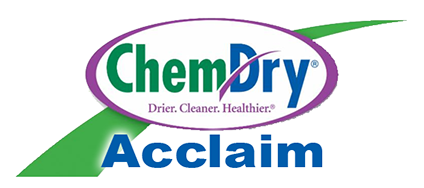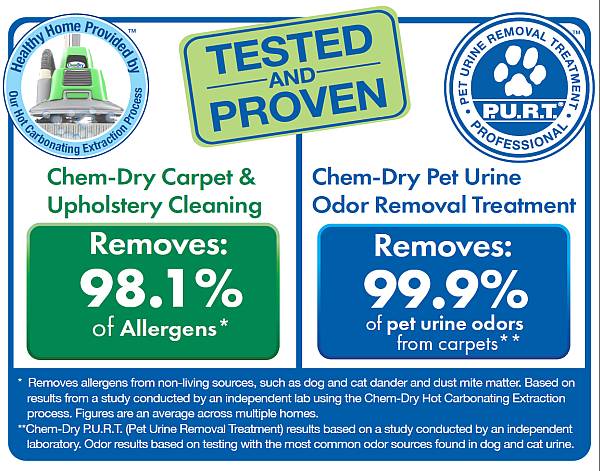Understanding Coronavirus COVID-19
Coronaviruses are named for the crown-like spikes on their surface. There are four main sub-groupings of coronaviruses, known as alpha, beta, gamma, and delta.
Human coronaviruses were first identified in the mid-1960s. The seven coronaviruses that can infect people are:
Common Human Coronaviruses
- 229E (alpha coronavirus)
- NL63 (alpha coronavirus)
- OC43 (beta coronavirus)
- HKU1 (beta coronavirus)
Other Human Coronaviruses
- MERS-CoV (the beta coronavirus that causes Middle East Respiratory Syndrome, or MERS)
- SARS-CoV (the beta coronavirus that causes severe acute respiratory syndrome, or SARS)
- SARS-CoV-2 (the novel coronavirus that causes Coronavirus disease 2019, or COVID-19)
Why are coronaviruses and particularly nCoV a concern?
Most people get infected with a human coronavirus 229E, NL63, OC43, and HKU1 at some point in their lives and experience cold-like symptoms a few day before recovering. However, novel coronaviruses that infect animals can evolve and make people sick and become a new human coronavirus – such as MERS-CoV, SARS-CoV, and COVID-19 which cause severe symptoms including fever, cough and shortness of breath that can lead to pneumonia and even death. These coronaviruses can quickly spread from person to person and can lead to widespread outbreaks. In the case of COVID-19, there is neither a vaccine nor specific treatment at this time.
SPREADING
How are coronaviruses spread?
Coronaviruses typically spread via close contact, or respiratory droplets produced when an infected person coughs or sneezes, similar to how influenza and other respiratory pathogens spread. See the CDC’s website for more information.
 PREVENTION
PREVENTION
There is currently no vaccine to prevent coronavirus disease 2019 (COVID-19). The best way to prevent illness is to avoid being exposed to this virus. However, as a reminder, CDC always recommends everyday preventive actions to help prevent the spread of respiratory diseases, including:
- Avoid close contact with people who are sick.
- Avoid touching your eyes, nose, and mouth.
- Stay home when you are sick.
- Cover your cough or sneeze with a tissue, then throw the tissue in the trash.
- Clean and disinfect frequently touched objects and surfaces using a regular household cleaning spray or wipe.
- Follow CDC’s recommendations for using a facemask.
- CDC does not recommend that people who are well wear a facemask to protect themselves from respiratory diseases, including COVID-19.
- Facemasks should be used by people who show symptoms of COVID-19 to help prevent the spread of the disease to others. The use of facemasks is also crucial for health workers and people who are taking care of someone in close settings (at home or in a health care facility).
- Wash your hands often with soap and water for at least 20 seconds, especially after going to the bathroom; before eating; and after blowing your nose, coughing, or sneezing.
- If soap and water are not readily available, use an alcohol-based hand sanitizer with at least 60% alcohol. Always wash hands with soap and water if hands are visibly dirty.
For information about handwashing, see CDC’s Handwashing website
For information specific to healthcare, see CDC’s Hand Hygiene in Healthcare Settings
- These are everyday habits that can help prevent the spread of several viruses. CDC does have specific guidance for travelers.
TREATMENT
There is no specific antiviral treatment recommended for COVID-19. People with COVID-19 should receive supportive care to help relieve symptoms. For severe cases, treatment should include care to support vital organ functions.
People who think they may have been exposed to COVID-19 should contact their healthcare provider immediately.
See Interim Guidance for Healthcare Professionals for information on persons under investigation.




